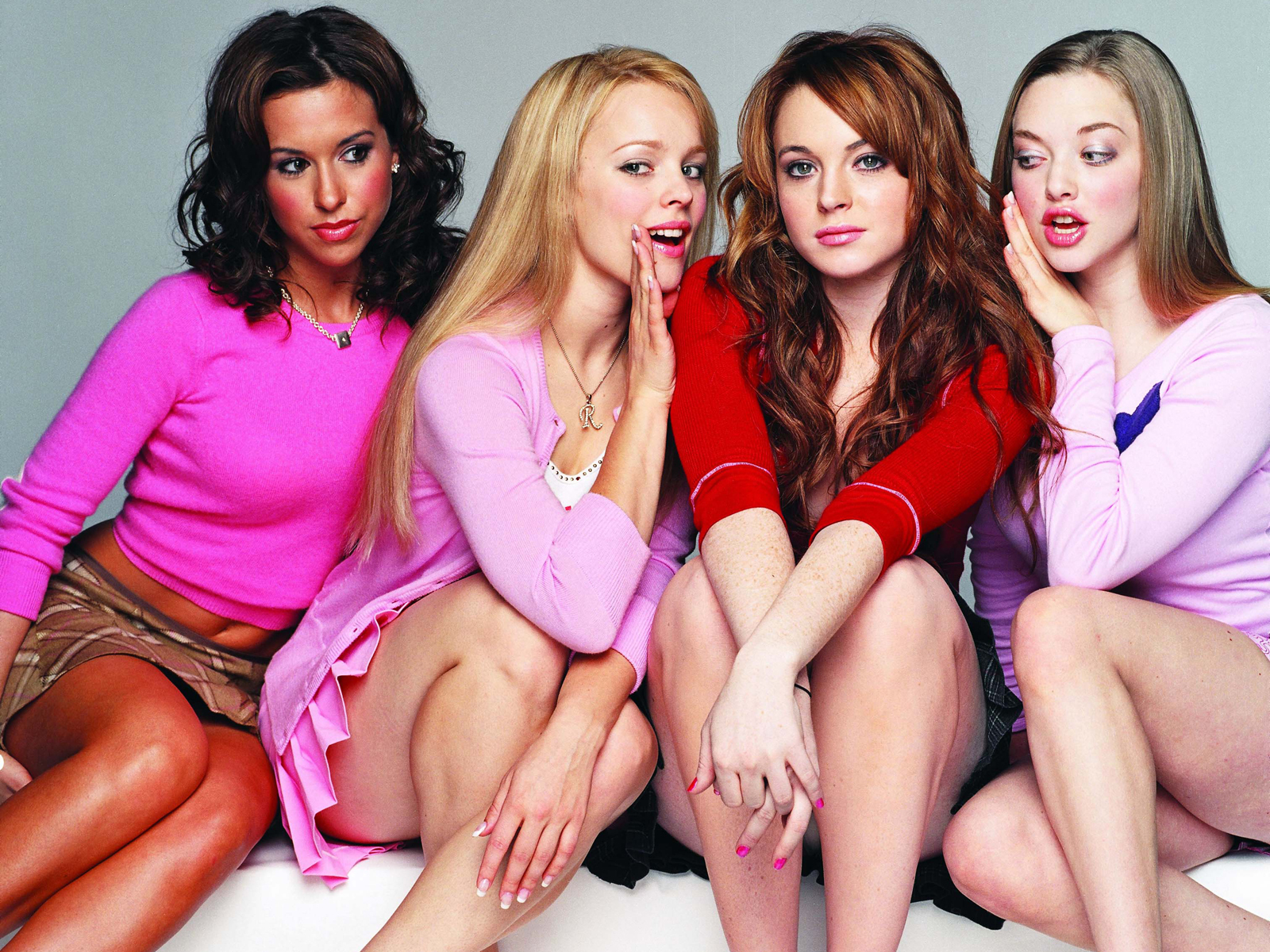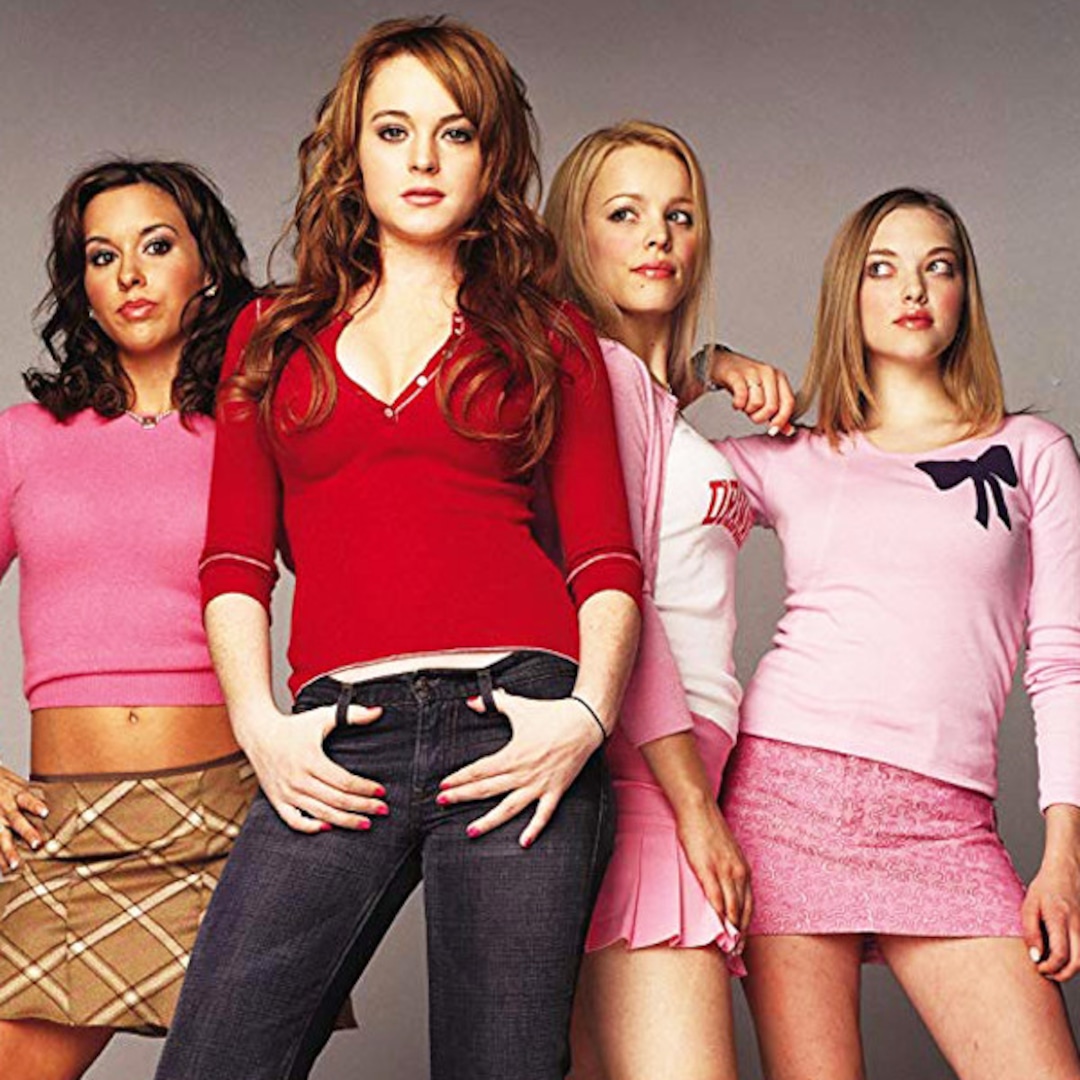For anyone interested in popular culture, the name "Mean Girls" probably brings to mind images of high school dynamics, sharp dialogue, and memorable characters. This story, first brought to screens as a motion picture, has truly made a mark, shaping how many people view the social interactions within a school setting. It is, in a way, a touchstone for discussions about friendship, fitting in, and the sometimes tricky parts of growing up.
The original movie, which first appeared in two thousand and four, stands as a notable example of a particular kind of comedic storytelling aimed at young adults. It features a story that, honestly, many can relate to, even if their own school days were nothing quite so dramatic. The film, you know, gained quite a following because it managed to capture something true about teenage life, but with a funny, often exaggerated, twist.
More recently, this beloved narrative has found new life, transforming into a musical stage production and then, in turn, into a fresh cinematic experience for two thousand and twenty-four. This evolution shows just how much the core ideas of "Mean Girls" continue to resonate with different generations, proving that the themes it explores are, more or less, timeless. It’s pretty interesting, actually, how a story can keep changing forms and still hold onto its appeal.
Table of Contents
- The First Mean Girls Film - What Made It Special?
- The Original Mean Girls Cast and Crew
- A New Take - The 2024 Mean Girls Musical
- The Mean Girls Musical's Creative Team
- Who Are The Plastics in Mean Girls?
- Understanding The Plastics' Roles in Mean Girls
- When Did the Mean Girls Song Come Out?
- Where Can You Watch Mean Girls?
The First Mean Girls Film - What Made It Special?
The initial "Mean Girls" picture, released in two thousand and four, stands as a well-known example of American teen comedy. It was, you know, a particular kind of movie that aimed to make people laugh while also looking at the often-complicated social structures of high school. The film was brought to the screen by Mark Waters, who guided the actors and the entire production to create the final piece. The story itself, which is really the heart of the film, was put together by Tina Fey, a writer known for her sharp wit and keen observations of human behavior. Her contribution, in a way, helped shape the film's distinctive voice and its memorable lines. This combination of creative talents helped the film stand out in its genre, offering something that felt both familiar and fresh to its audience, which is pretty cool, honestly.
The Original Mean Girls Cast and Crew
The success of the first "Mean Girls" movie owes a great deal to the collection of acting talents who brought the characters to life. Lindsay Lohan, a performer who was quite well-known at the time, took on a leading part, helping to carry much of the story's emotional weight. Alongside her, Rachel McAdams played a pivotal character, delivering a performance that, many would say, left a lasting impression. The film also featured the acting skills of Tim Meadows, a performer known for his comedic timing, and Ana Gasteyer, who added another layer of humor to the proceedings. Amy Poehler, a person with a strong comedic background, also appeared, contributing to the film's overall funny atmosphere. And, of course, Tina Fey, the person who wrote the story, also stepped in front of the camera to play a part, further cementing her connection to the project. This group of individuals, more or less, worked together to create a dynamic and believable world for the "Mean Girls" story to unfold within, which is kind of what makes it special.
A New Take - The 2024 Mean Girls Musical
The narrative of "Mean Girls" found a fresh form in two thousand and twenty-four, this time as an American teen musical comedy film. This version, you see, draws its inspiration directly from the stage musical that came before it, meaning it brings the songs and theatrical flair of that production to the cinematic screen. The direction of this newer movie was a joint effort, with Samantha Jayne and Arturo Perez Jr. guiding the creative process. They worked to translate the energy and specific style of a live musical performance into a format that could be watched in movie theaters or at home. It’s quite interesting, actually, how a story can be reimagined across different artistic mediums, allowing new audiences to experience its themes and humor in a slightly different way. This particular adaptation aimed to capture the essence of the original while giving it a fresh, melodic spin.
The Mean Girls Musical's Creative Team
The script for the two thousand and twenty-four "Mean Girls" musical film was once again crafted by Tina Fey. Her involvement here is, honestly, a significant detail, as it shows a consistent creative vision linking the original movie to this newer musical adaptation. It means that the fundamental voice and cleverness that defined the first film are still present in this later iteration. The fact that it is based on the stage musical means that Fey's screenplay for this movie had the task of adapting a story that had already been transformed for the stage, adding songs and choreographed movements. This process of adaptation, you know, requires a careful balance of preserving the core elements while also making sure it works well as a film. It's a rather intricate process, ensuring that the spirit of "Mean Girls" remains, even with the added musical elements.
Who Are The Plastics in Mean Girls?
In the narrative of "Mean Girls," a central group of characters, quite well-known for their social standing and sometimes unkind behavior, are referred to as "The Plastics." This trio of young women holds a prominent position within the school's social structure, and their interactions drive much of the story's conflict and humor. They are, in a way, the figures that everyone watches, admired by some and perhaps feared by others. Their collective presence shapes the atmosphere of the school, setting trends and dictating social norms, at least among a certain segment of the student body. It's almost as if they have a special kind of influence that allows them to operate with a different set of rules than everyone else, which is, you know, part of what makes them so intriguing to watch.
Understanding The Plastics' Roles in Mean Girls
The group known as "The Plastics" in "Mean Girls" is made up of three distinct personalities, each playing a specific role within their dynamic. First, there is Regina, who is, more or less, the unofficial head of the group. She possesses a commanding presence and a strong will, often dictating the actions and opinions of the others. Her influence is quite apparent, and she maintains a position of considerable power within their social circle. Then there is Gretchen, a person who shows a strong desire to please Regina and often seeks her approval. Gretchen, you know, seems to be someone who would go to great lengths to maintain her place within the group, often acting as Regina's closest follower and confidante. Finally, there is Karen, who is, arguably, portrayed as someone who does not show much cleverness. Her contributions to the group are often characterized by a lack of insight or understanding, providing moments of comedic relief and highlighting the varying levels of awareness within the trio. Together, these three individuals form the core of "The Plastics," and their interactions are absolutely central to the story of "Mean Girls."
When Did the Mean Girls Song Come Out?
A specific song related to the "Mean Girls" story had its release on the twenty-seventh day of June, in the year two thousand and twenty-five. This piece of music, you know, entered the public sphere at that particular moment, adding to the growing collection of content associated with the franchise. The information about its release comes from what is described as an interview with Katseye, a source that presumably provided details about the song's debut. This indicates that the musical aspect of "Mean Girls" continues to expand beyond the films themselves, reaching into the world of standalone music releases. It's pretty common, actually, for popular stories to branch out into different forms of media, and music is often a natural fit for narratives that involve performance or have strong emotional beats. This song, therefore, represents another layer in the ongoing life of "Mean Girls" as a cultural touchstone.
Where Can You Watch Mean Girls?
For those who wish to experience or revisit the "Mean Girls" films, there are a few ways to access them, depending on how you prefer to view content. One option is to watch the movie with a subscription to Paramount+. This means that if you have an active membership with that particular streaming service, the film is available for you to stream as part of your existing plan. It's a pretty straightforward way to access the movie if you're already a subscriber, you know. Another way to view the film is by choosing to rent it through Fandango at Home. When you rent a movie, you gain access to it for a limited period, typically twenty-four to forty-eight hours, allowing you to watch it during that window without owning it permanently. This is a good choice if you only want to see the movie once or twice. Alternatively, if you prefer to have long-term access, you can choose to buy the film on Fandango at Home. Purchasing the movie means it becomes part of your digital collection, allowing you to watch it whenever you wish, without any time limits or additional rental fees. These various viewing methods offer flexibility for different preferences and situations, making it quite convenient to catch up with "Mean Girls."
The "Mean Girls" films, both the original and the newer musical version, have been recognized for their well-crafted stories and the strong performances from the groups of actors involved. The original movie, in particular, was described as being "elevated by a brilliant screenplay and outstanding ensemble cast," which suggests that the writing was exceptionally good and the actors worked together in a way that truly made the film shine. This recognition points to the quality of the creative work behind the "Mean Girls" productions, highlighting the impact of both the words on the page and the people who brought those words to life on screen. It’s pretty clear, actually, that the films are seen as examples of effective storytelling and strong acting, contributing to their lasting popularity and continued discussion among fans.
This article has explored the journey of "Mean Girls," from its origins as a two thousand and four teen comedy film, featuring a notable group of actors like Lindsay Lohan and Rachel McAdams, to its reimagining as a two thousand and twenty-four musical film directed by Samantha Jayne and Arturo Perez Jr., with Tina Fey consistently involved in the writing. We also looked at the memorable "Plastics" characters, including Regina, Gretchen, and Karen, who are central to the story's social dynamics. Additionally, we touched upon the release of a specific "Mean Girls" song in two thousand and twenty-five and the various ways one can watch the films, whether through streaming services or digital rentals and purchases. The discussion highlighted the enduring appeal of the "Mean Girls" narrative and its impact on popular culture.



